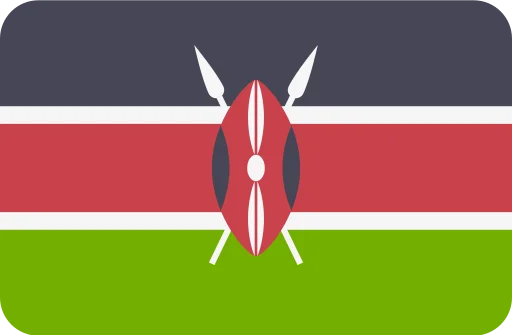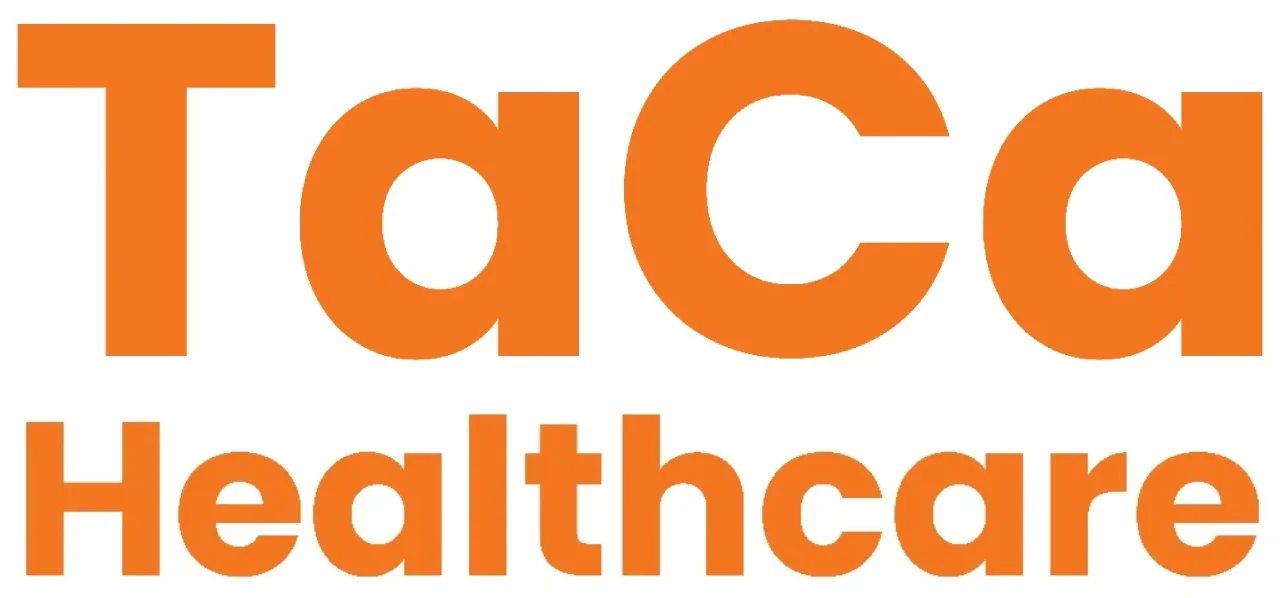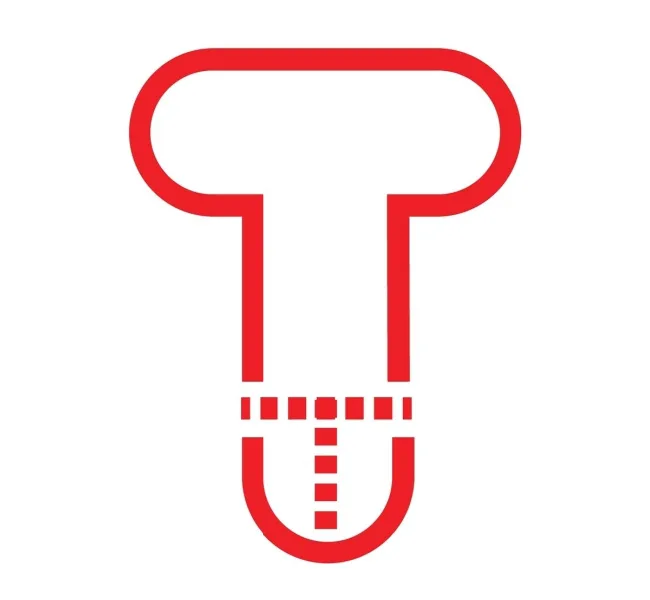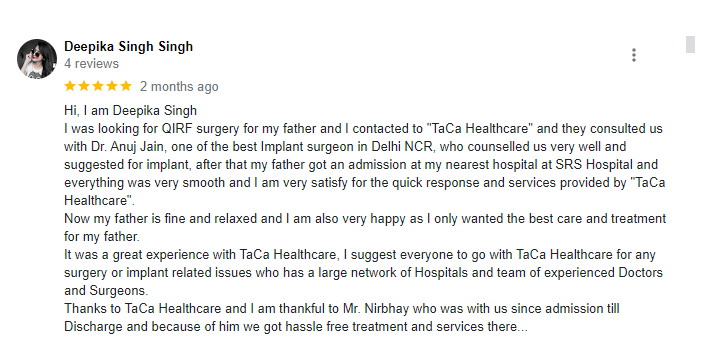What is circumcision?
The head, or glans, of the penis is covered by a skin hood known as the foreskin. Circumcision typically involves the removal of the foreskin that covers the head of the penis. It's commonly performed on infants shortly after birth. For certain families, circumcision holds religious significance.
Circumcision might be a practice based on family tradition, personal hygiene, or preventive healthcare.















